I play a lot of Dungeons and Dragons (D&D), a tabletop role-playing game in which players take control of mythic heroes to explore imaginary dungeons and fight make-believe dragons. D&D players often like to draw maps on big sheets of butcher's paper, or buy and craft evocative set pieces, so that they can track their progress through the realms with gaming miniatures.

(Eric Dietsch, CC BY-SA 4.0)
However, when you're playing online, you need digital maps and digital miniatures plus a way to share these components among all players. For years, I've used the excellent MapTool software, an open source client that runs locally on each player's computer and shares maps and miniatures among all. When one player moves her piece forward on her map, another player sees it on his. It's a powerful application that makes my gaming life easy, private, and flexible.
However, I've recently moved to a small town just 1,500 miles north of Antarctica, and the fastest internet available here is an ADSL connection. While had some success with one player connecting to my MapTool instance, any more than that overwhelms my upload allowance.
It was clear that I needed a hosted instance of a D&D battle map.
Hosted battle maps
RPG players have several hosted RPG software solutions available on the internet, including Astral, Roll20, Beyond Tabletop, and more. They're all fine sites with lots of features, and they're well used by hordes of eager players every day, but none of the options was open source.
Until now.
Mythic Table is a hosted battle map system and open source web application for D&D battles. This is an exciting development for many reasons, not the least of which is the ability to mod open source code. If you're a gamer who also happens to write code (or a coder who happens to game), then you can check out Mythic Table's codebase and contribute to the project, potentially improving the app for everyone. If you're a gamer with proficiency in systems administration, you could take the Mythic Table code and host an instance of it for your local or private gaming groups.
In short, the technology behind Mythic Table has all the benefits of existing apps with the added bonus of being 100% extensible.
At this point, Mythic Table is still in heavy development. It's in a usable state but with a fraction of the features of something that's been around for several years. When I tried it on a test instance, I could add a map, insert some token icons, and send an invite code to my players. Once they joined, we were all able to move tokens around the map and engage in combat.
Using Mythic Table
The Mythic Table experience is clean and efficient. After I logged in, I stepped through a brief tutorial on how to use the app. It was intuitive, mostly involving clicking on icons and dragging them around a map.
Once I was ready for my Dungeon Master (DM) prep, I created a new campaign by providing a name for the campaign, a simple description, and (optionally) a map file.
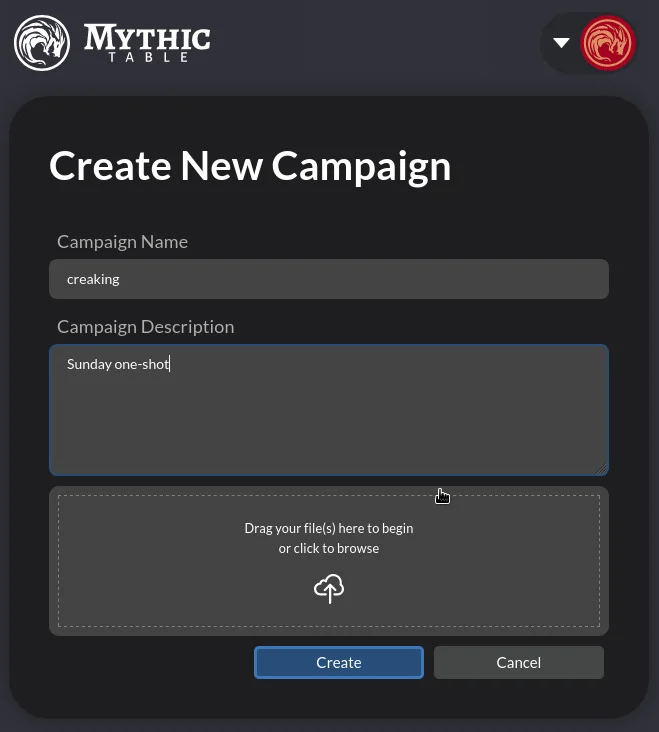
(Seth Kenlon, CC BY-SA 4.0)
In the main interface, my map appeared on the virtual tabletop with chat and property boxes along the screen's right side. I could add character tokens in the Character pane and chat with my players in the Chat box (however, my gaming groups use Mumble for voice chat, so we didn't use the chat much).
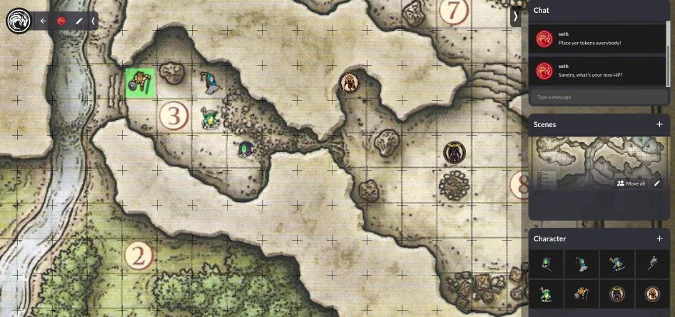
(Seth Kenlon, CC BY-SA 4.0)
Once I had everything set up, I invited my players to join the session. The invite code is a simple six-letter string your players use to authenticate into your campaign.
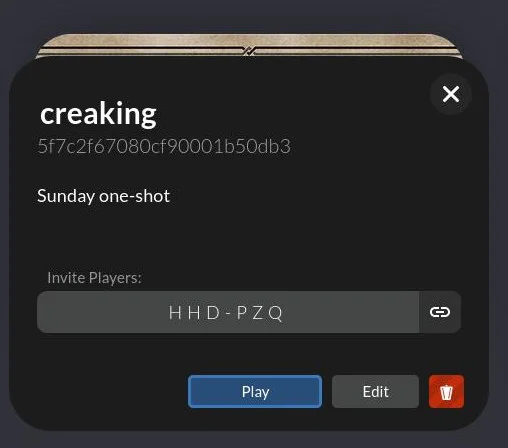
(Seth Kenlon, CC BY-SA 4.0)
Players could customize their character tokens a little by adding their name, a description of their character, and a custom color outline to the token's virtual base. Eventually, I started using this system to track general health statuses: when a monster or player character (PC) reached half their health, I changed their color ring to red, and I changed it to yellow when a creature was stunned or frightened, green when it was diseased or poisoned, and so on. This helped everyone keep track of which monster was in a weakened state and also helped remind players to take a short rest (in-game) when they required healing.
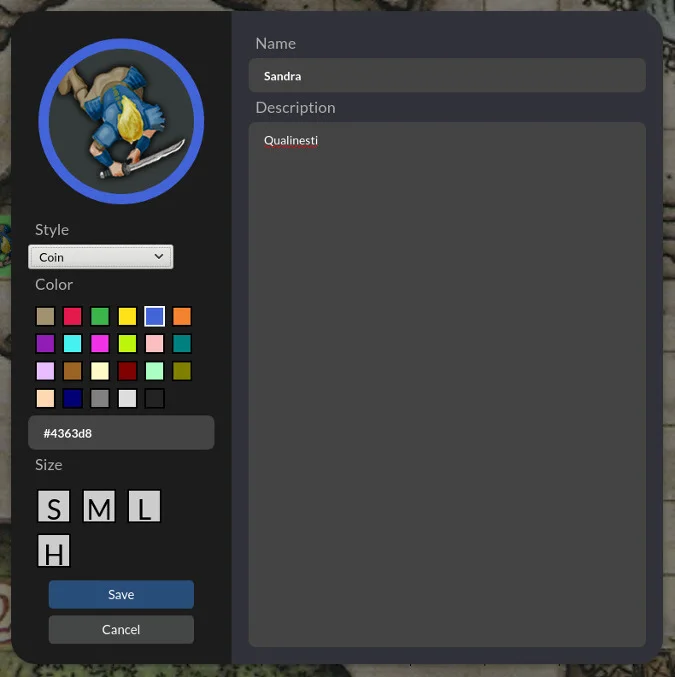
(Seth Kenlon, CC BY-SA 4.0)
Since I initially tested Mythic Table, new token marker features have been added to help track these conditions (and more).
Support mythic table
Mythic Table is an active project, and the time to get involved is now. Anyone can join the mailing list or chat, and developers can clone the project's source code from GitLab. The source code is distributed under the Apache 2.0 License.
If you're an artist, you can (and should) design tokens for Mythic Table. They need Creative Commons assets, and all gamers always need a spare token.
Finally, you can also join Mythic Table's Patreon to help finance its efforts.
Mythic Table is an exciting, open source, and friendly project providing a bold new way to game with your friends all over the world. Use your best attribute (that's an obligatory D&D reference) to get involved now to help ensure its success.

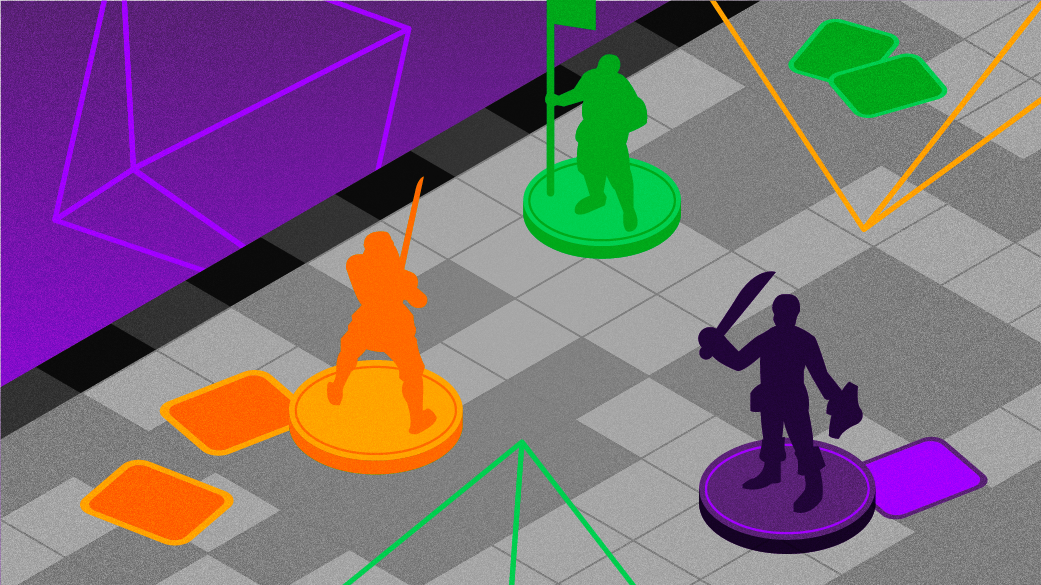
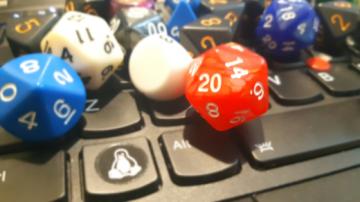





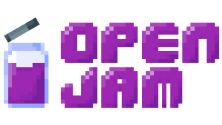

Comments are closed.